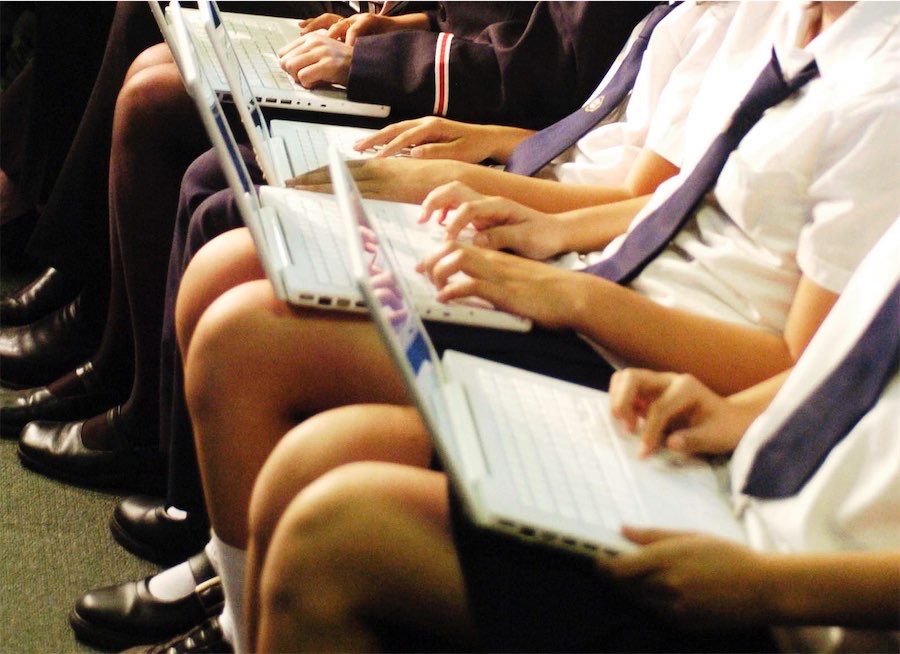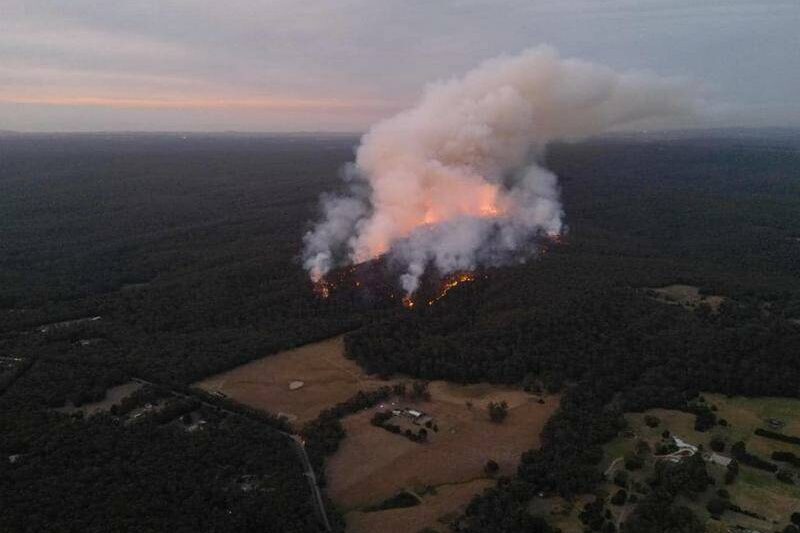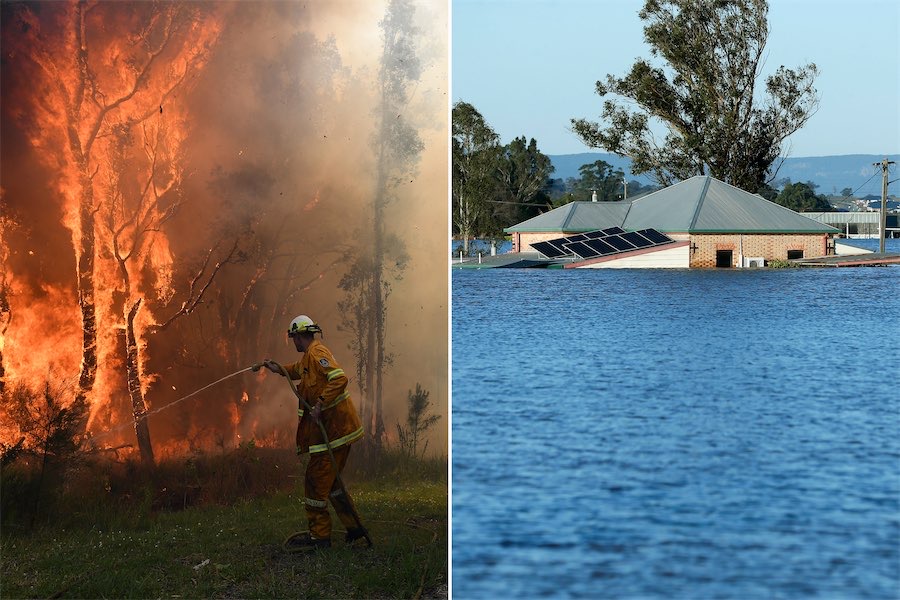
States can take an additional $16 billion in school funding or stick with the status quo and get nothing extra, the federal government has warned as a stand-off continues.
The Northern Territory has become the first jurisdiction to sign a new funding agreement with the Commonwealth, with an extra $2.1 billion for public schools over the next decade bringing them from the least-funded to the most.
The NT signed the agreement on Wednesday, before it enters caretaker mode on Thursday ahead of an election. Western Australia is expected to officially sign in coming months.
But NSW and Victoria are holding out and demanding more federal money for schools.
Federal Education Minister Jason Clare said there was broad consensus for reforms outlined in the new Better and Fairer Schools agreement, but funding was always the sticking point as states fought for more cash.
“What I’ve said to the states and territories is that the Commonwealth government needs to chip in, and they need to chip in as well,” he told reporters in Darwin.
While the amount of funding was being worked through, Mr Clare said he was clear it would be tied to outcomes and reforms.
“The sort of things that are going to help kids who fall behind to catch up and to keep up and to finish school,” he said.
States and territories have also been asked to report annually about how money has been allocated and spent towards the reforms, including measures aiming to curb high school dropout rates.
In the past seven years, the number of people finishing high school has dropped from 85 per cent to 79 per cent.
The fall is more pronounced at public schools, which have decreased from 83 per cent to 73.6 per cent.
The Commonwealth has committed to raising its funding to 40 per cent of the Schooling Resource Standard in its deal with the NT government.
The standard is an estimate of how much total public funding a school needs to meet its students’ needs.
The federal government has put an extra $16 billion on the table across the Commonwealth and asked the states to match it.
Over the decade under the proposed increase to 22.5 per cent, NSW will get an extra $4.1 billion and Victoria $3.5 billion.
But while WA has agreed to 22.5 per cent, NSW and Victoria want the federal contribution lifted to 25 per cent.
NSW Education Minister Prue Car called for the Commonwealth to step up after her government put an extra $480 million into schools in the last budget.
“So we’ve done our bit, we need the Commonwealth government to come to the table with a bigger share of funding,” she told reporters in Sydney.
“We need more for our kids and I will not stop until that is done.”
Mr Clare said the existing agreement would be rolled over for the next year for states that did not agree to sign by the end of September, meaning they wouldn’t receive any funding increase.
The deal aims to boost the number of students finishing year 12 to a record 83.8 per cent by 2030.
It includes support such as catch-up tutoring to help those falling behind and funding for wellbeing resources including counsellors and mental health workers.
There will also be measures to attract and retain teachers and provide them with professional learning resources.
Who can be trusted?
In a world of spin and confusion, there’s never been a more important time to support independent journalism in Canberra.
If you trust our work online and want to enforce the power of independent voices, I invite you to make a small contribution.
Every dollar of support is invested back into our journalism to help keep citynews.com.au strong and free.
Thank you,
Ian Meikle, editor





Leave a Reply